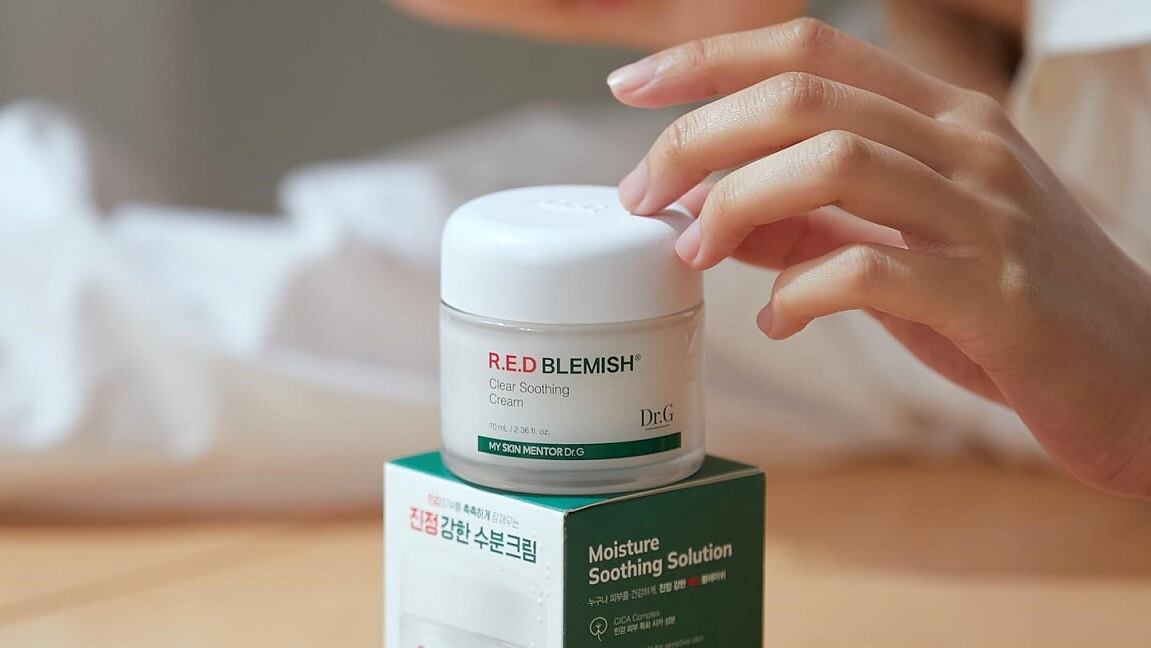A team from Australia’s Skin Health Institute (SHI) aimed to investigate the frequency of contact sensitisation to propylene glycol and to identify cases of allergic contact dermatitis.
A total of 6,761 patients with suspected contact dermatitis and possible exposure to propylene glycol were patch tested consecutively with a 10% concentration in an aqueous vehicle (PG 10% aq.) and 5% concentration in petroleum (PG 5% pet.).
The study ran between January 2005 to December 2020. Of the 6,761 patients tested, 21 patients had a reaction to propylene glycol.
Seventeen of the patients reacted to PG 10% aq. while only four reacted to (PG 5% pet.).
According to the study nine out of the 21 were deemed to be relevant reactions (0.18%). Seven of these nine patients were female and no positive reactions to propylene glycol were deemed to be occupational in origin.
It noted that positive patch test reactions to propylene glycol were “almost exclusively weak positive reactions” A strong positive reaction was only observed once.
The study concluded: “Contact sensitisation to propylene glycol in the general population is infrequent despite the increase in the number of products containing propylene glycol.”
Propylene glycol is widely used in beauty and personal care, commonly as a humectant to increase the moisture retention capacity of the products. It is also known as a solvent, an emollient, and a preservative.
In 2018, it was named the American Contact Dermatitis Society's Allergen of the Year. It was described as “contentious” for its ubiquity in beauty and personal care products.
A review of moisturisers listed in an American pharmacy database showed that propylene glycol was the sixth most common ingredient listed in products with 20% of moisturisers containing the ingredient.
According to this study, topical corticosteroids were the most common source of contact sensitisation to propylene glycol. Other sources included moisturizers, topical minoxidil and diclofenac gel.
However, its notoriety as a common allergen is thought to be overestimated, said the researchers.
Between 1997 and 2016, the prevalence of positive reactions to propylene glycol in 12,021 patients that were patch-tested for suspected atopic contact dermatitis at the Mayo Clinic was 0.85%.
Concentration debate
The researchers highlighted that the rate of reactions from its centre were lower than previously published data.
It posited that this could be related to the propylene glycol concentrations that were tested, noting that other centres have used higher concentrations in an aqueous vehicle.
One study cited recorded a positive reaction rate of 2.3% from a concentration of 20% propylene glycol in aqueous form.
“We tested only with PG 5% pet. and PG 10% aq. which may miss patients who are weakly sensitized to PG, given the concentration of allergen and/or vehicle… Further research into optimal patch test PG concentrations is required as well as cross-reactivity between different glycols in order to provide effective patient education.”
However, the researchers noted that in 1981, the Spanish Contact Group concluded that the ideal test concentration was 5% in water.
Allergic contact dermatitis from propylene glycol: A case series from Australia
Kajal Patel, Amanda Palmer, Rosemary Nixon
Source: Contact Dermatitis
https://doi.org/10.1111/cod.14325





